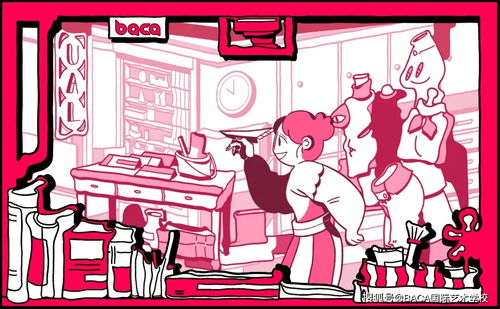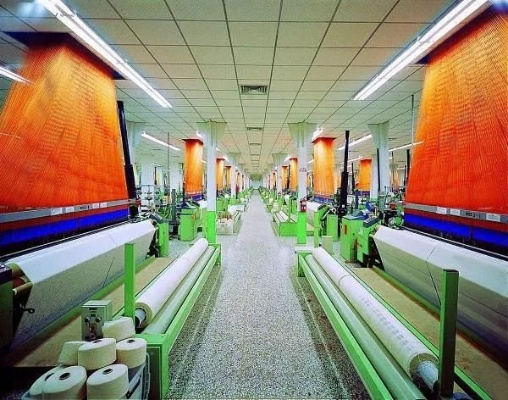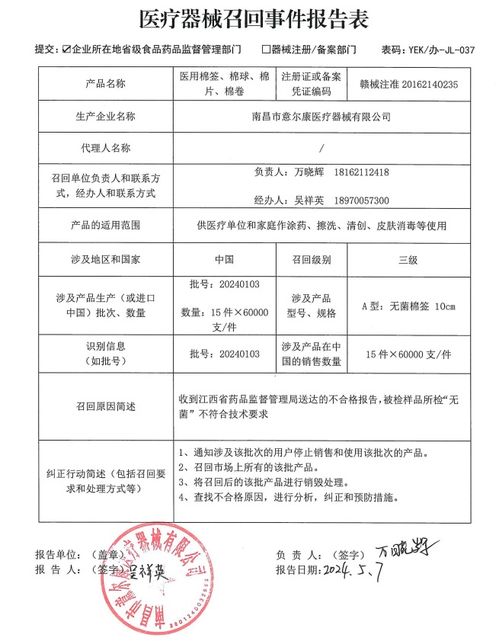The Transformation of Wujiang Textile Factory into a Modern Industrial Park
The transformation of Wujiang Textile Factory into a modern industrial park has been a significant development in the textile industry. The factory's transformation began in 2015, with the aim of enhancing its competitiveness and sustainability in the global market. The factory underwent a comprehensive restructuring, including the establishment of new production lines, the introduction of advanced technology, and the implementation of green manufacturing practices. As a result, the factory has achieved remarkable progress in terms of efficiency, quality, and environmental impact. The transformation has not only improved the factory's operational performance but also attracted foreign investment and increased its market share. The factory's success story highlights the potential for other industries to embrace similar transformations and achieve sustainable growth.
Introduction: Wujiang, a city in Jiangsu Province in China, has long been renowned for its textile industry. However, as the world shifts towards sustainability and technological advancement, the traditional textile sector is facing challenges that demand transformation. This article will explore the journey of Wujiang Textile Factory from a bustling factory to a modern industrial park, showcasing how innovation and sustainable practices have transformed this once-dominant industry.
Case Study: One such example is the transformation of Wujiang Textile Factory into a modern industrial park. The factory, which employed thousands of workers, was once a symbol of economic growth but faced environmental and social issues due to its outdated production methods and lack of sustainability. To address these concerns, the factory was renovated and transformed into a modern industrial park that promotes sustainable practices and technology adoption.
The transformation involved several key steps:

-
Retrofitting and Renovation: The factory underwent extensive renovations, including the installation of new energy-efficient equipment, waste treatment systems, and green spaces. This not only improved the working conditions for employees but also reduced the factory's carbon footprint.
-
Technological Adoption: The factory adopted advanced technologies such as automation, digitalization, and renewable energy sources. These technologies not only increased efficiency but also reduced costs and minimized waste.
-
Sustainable Practices: The industrial park emphasized sustainable practices, including the use of eco-friendly materials, water conservation, and waste reduction. This approach not only benefited the environment but also attracted eco-conscious consumers.
-
Industry Clustering: The industrial park aimed to create an ecosystem of industries that complement each other, promoting innovation and collaboration among businesses. This not only created job opportunities but also fostered a culture of sustainable development.
-
Community Involvement: The industrial park actively engaged with local communities, providing them with training programs and job opportunities. This not only enhanced the community's sense of ownership but also contributed to the overall success of the industrial park.
-
Future Planning: The industrial park has a clear vision for the future, focusing on further technological advancements and sustainable practices. By investing in research and development, the park aims to remain at the forefront of the textile industry's evolution towards sustainability.
Conclusion: The transformation of Wujiang Textile Factory into a modern industrial park is a testament to the power of innovation and sustainability. By embracing technological advancements and sustainable practices, the factory not only transformed itself but also set an example for other industries worldwide. As we continue to face challenges in the global economy, it is essential to adopt sustainable practices and embrace technological advancements to ensure long-term success and environmental stewardship.
Table: Key Aspects of the Industrial Park Reform | Key Aspect | Value Proposition | |------------|------------------| | Technology Adoption | Increased efficiency, reduced costs, minimized waste | | Sustainable Practices | Environmentally friendly, water conservation, waste reduction | | Industry Clustering | Innovation and collaboration, job creation, community involvement | | Community Involvement | Training programs, job opportunities, sense of ownership | | Future Planning | Research and development investment, sustainability focus |
This transformation serves as a reminder that even the most established industries can undergo significant changes through innovative approaches and commitment to sustainability. As we look to the future, it is crucial that we embrace change and innovation to ensure a sustainable and prosperous future for all.
背景介绍
吴江纺织厂作为当地的重要工业基地,近年来经历了大规模的拆迁改造,随着工厂的关闭和搬迁,许多工人和家庭面临着就业和生活方式的巨大转变,本文将通过英文口语化的方式,探讨这一主题的相关情况。
拆迁过程与现状
拆迁过程
吴江纺织厂在过去的几年中经历了多次拆迁改造,根据公开资料,拆迁工作涉及到了多个部门和企业的参与,包括政府、企业和社会各界,拆迁过程中,政府采取了积极的措施,保障了工人的权益和利益。

现状
吴江纺织厂已经完成了拆除工作,新的工业园区正在建设中,新的工业园区规划合理,基础设施完善,为当地经济发展注入了新的活力,新的就业机会也为工人提供了更多的选择,拆迁带来的影响仍然深远,许多工人和家庭面临着就业和生活方式的巨大转变。
案例分析
为了更好地理解这一主题,我们可以引入一个英文案例来说明。
案例:某纺织厂拆迁后的生活变化
在某纺织厂拆迁后,许多工人和家庭面临着巨大的生活压力和不确定性,他们需要重新寻找工作,适应新的生活方式和环境,在这个过程中,他们需要面对许多挑战和困难,他们可能需要适应新的工作环境和条件,可能需要面对新的社交圈子和生活习惯,他们还需要面对失业的风险和不确定性。
拆迁的影响与影响评估
影响
拆迁对工人和家庭的影响是多方面的,他们可能需要面临就业不稳定和生活方式的巨大转变,他们可能需要面对新的社会环境和文化差异,拆迁还可能带来一些环境和社会问题,例如土地资源的浪费和环境污染等。
影响评估
针对这一主题的影响评估,我们可以从多个方面进行考虑,政府应该加强对拆迁工作的监管和管理,确保工人的权益和利益得到充分保障,企业应该积极承担社会责任,为当地经济发展做出贡献,社会各界也应该加强对这一主题的关注和支持,为工人和家庭提供更多的帮助和支持。
建议与展望
针对这一主题,我们提出以下建议:
- 加强政策引导和监管力度,确保拆迁工作的顺利进行和工人的权益得到充分保障。
- 企业应该积极承担社会责任,加强技术创新和产业升级,提高生产效率和产品质量,为当地经济发展做出更大的贡献。
- 社会各界应该加强对这一主题的关注和支持,为工人和家庭提供更多的帮助和支持,促进当地经济的可持续发展。
展望未来,我们可以看到吴江纺织厂拆迁改造带来的积极影响和深远意义,随着新的工业园区的建设和发展,当地经济将迎来新的发展机遇和挑战,我们也期待更多的企业和社会各界能够积极参与和支持当地经济的发展,为当地居民创造更多的就业机会和生活机会。
Articles related to the knowledge points of this article:
The Night Shift Dilemma:A Tale of Tension and Challenges at the Textile Mill
The Story of Linhai Dafeng Textile Factory



